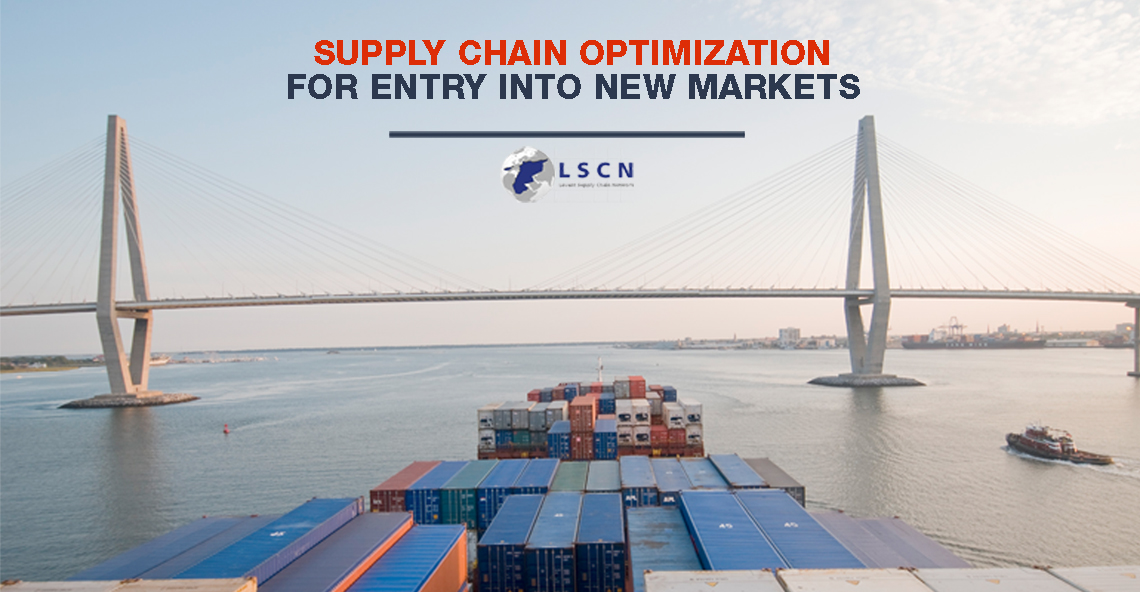In order to be competitive, a company needs to have an efficient supply chain. Once it is in line with the strategies and objectives of the business, the supply chain will provide the company with the competitive advantage to enter new markets. When a business is aiming to expand into new zones of operations, it needs to assess the current and potential markets, its product competitiveness, and to bear in mind the potential risks.
Speaking about risks, outsourcing might be one of the risks that may damage the supply chain as it depends on a number of factors not under your control to consider such as oil price swings and natural disasters, among others. Further risk to be considered is when customers have to pay extra dollars when environmental initiatives are imposed. However, these risks can be prevented by applying adjustments to the distribution and return processing strategies as well as by complying with regulations. In case of non-compliance, the supply chain could be severely damaged.
After evaluating the supply chain and adjusting it to meet the business objectives, the company can take advantage of Information Technology that helps to organize and make visible the supply chain through cost reduction, speed, reliability, sustainability and flexibility. Collaboration and integration of data allow suppliers and buyers to replenish any shortage with the right quantities at the right time.
To successfully make it in new markets, the supply chain needs to continually improve in order to make sure that it is in line with the strategies and goals of the business. Another factor for a successful supply chain is the evaluation of its performance and to limit deviations in such.Accordingly, what is your opinion about optimizing your Supply Chain for new markets entry? And do you think it would provide a competitive edge? Leave your comment below.





Add Comment